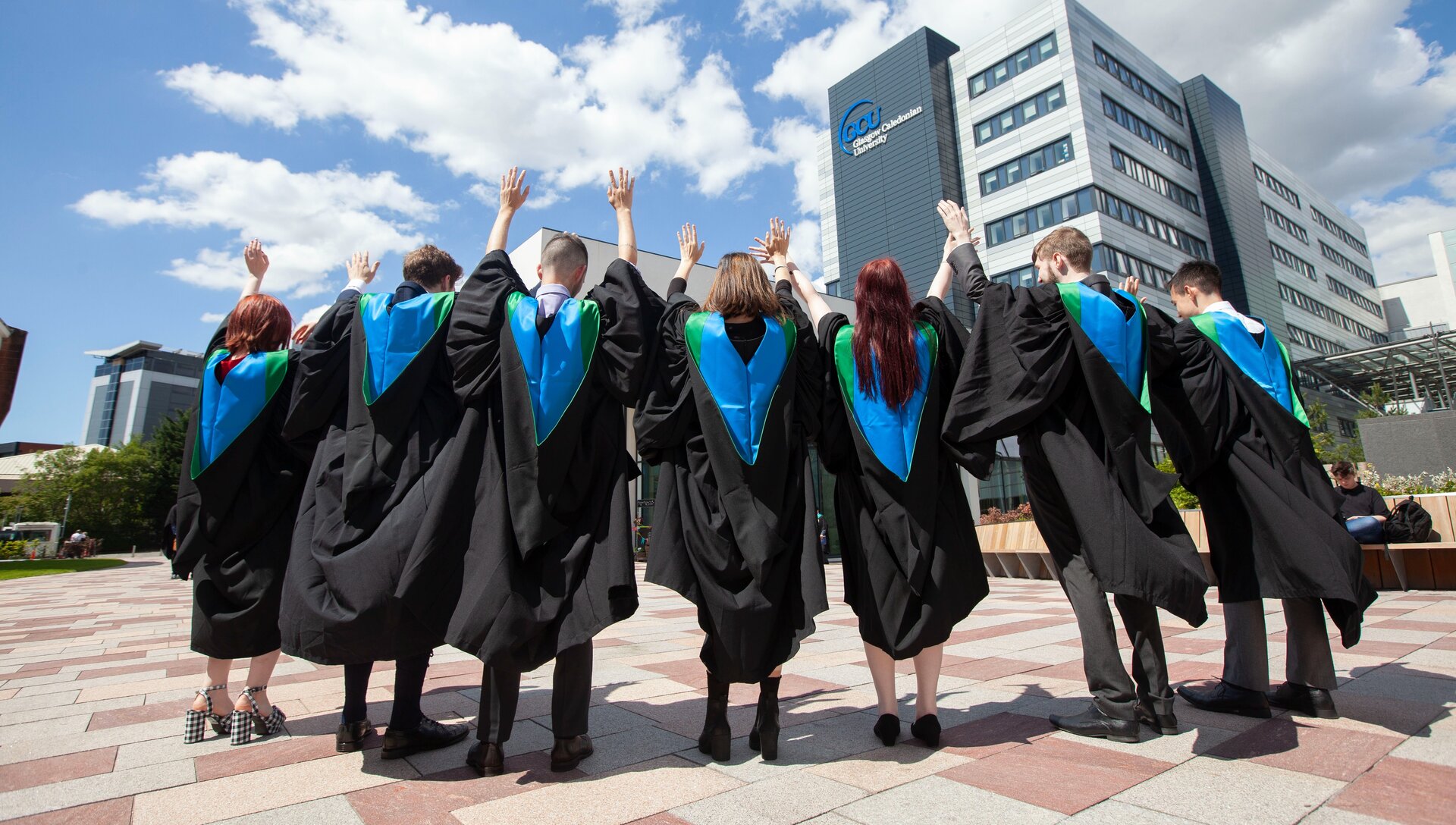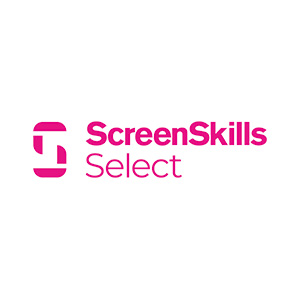3D design at the postgraduate level includes 3D modelling, animation, video and motion graphics. Modules are designed to meet current industrial needs, technology and practice.
The course offers four specialist pathways; Virtual Environments; Architecture; Computer Games and Visual Effects.
Each module is taught over a 12-week period. Each week consists of formal lectures, lab work, tutorials and private study. On satisfactory completion of the modules, you proceed to a major project and submit a final dissertation for examination. This is completed over a three-month period following the taught modules.
Trimester A
Digital Media Technology
15 Credits
This module allows a student to develop an understanding of the core digital media pre production technologies, encompassed within digital video, audio, and 3 Dimensional Animation production techniques. The focus of the module will be to assist the student in the development of research and pre production skills based on the practical application of 3D digital media, to enable the production of a media solution to a given brief.
Digital Media Development
15 Credits
This module allows a student to develop an understanding of the core digital media technologies, encompassed within digital video, audio, and 3 Dimensional Animation production techniques. The focus of the module will be to provide the student with the core production skills leading to the development of 3D based digital media animations, applications or assets.
Video Editing and Compositing
15 Credits
This module will require students to understand and demonstrate a practical knowledge of digital video / film production techniques and the association of compositing for production. Application of creative technique will cover elective areas such as short film production, documentary production, 3D animation composition, title sequence generation and general compositing techniques
Motion Graphics and Visual Effects
15 Credits
This module will require students to understand and demonstrate a practical knowledge of digital motion graphics and visual effects. Combined with Video Editing and Compositing students shall combine editing and Motion Graphics/Vfx for appropriate delivery. Application of creative technique will cover elective areas such as Use of Green screen, Match moving Motion Graphics and Animation for composition, title sequence generation and general compositing techniques.
Trimester B
Digital Media Publishing
15 Credits
This module allows the student to progress the skills acquired in semester A. The intention is to provide the student with a full understanding of the subject material relevant to the development of a digital media project to broadcast and commercial production standards and to provide the opportunity for the student to utilise creative workflows and technology suited to their relevant pathway. This module will allow the student to digitally enhance and publish digital content using industry relevant skills in relation to their elected pathway.
Digital Media Commercialisation
15 Credits
This module allows the student to progress the work from the Digital Media Publishing module and develop the visualisation quality. The intention is to provide the student with a full understanding of the subject relevant to the development of a digital media project to broadcast and commercial production standards and to provide the opportunity for the student to utilise creative workflows and technology suited to their relevant pathway.
3D Production for Virtual Reality
15 Credits
This module provides the student with an opportunity to explore three dimensional scanning, three dimensional computer aided prototype development, virtual, augmented and mixed reality application development with respect to specific industries.
Students will gain an understanding of how their academic studies relate to current industrial practice and how the skills they have acquired in their named programme might be applied. The module is designed to enable students to gain an insight into best practice in their field with reference to current technologies, workflow and production methods. Where appropriate, external guest lectures will provide specific industry content.
This module should also provide an opportunity for the students to explore and evaluate emerging technologies which may be employed within, or form a research topic for their MSc dissertation project. Students will investigate and demonstrate knowledge of a range of digital media tools and techniques for the promotion of skills within real and virtual worlds. Critical analysis of emerging three dimensional scanning and digital production techniques, tools and applications.
Research Studies for Computing and Creative Technologies
15 Credits
This module aims to provide students with the background knowledge, critical thinking, reading, writing, presentational and project management skills that will both enhance their performance in taught modules and, in combination with the technical and professional skills acquired in other taught modules, will enable them to carry their Masters Dissertation through to a successful conclusion.
Particular attention is paid to enhancing students' analytical thinking and writing skills. Students will develop critical reading skills by reading and critiquing different technical articles, research papers and other valid sources that could support the literature and contextual review of their proposal. This will help students prepare for the production of a detailed report in the form of a project proposal backed up by a survey of the appropriate body of knowledge and technology by the end of Trimester B. Students will be required to give an oral presentation of the baseline, aims, objectives and methods of their proposed project, supported by appropriate visual materials, as part of the assessment process.
Trimester C
MSc Project
60 Credits
The Project acts as a vehicle for extending the knowledge and understanding of the student and the technical community in some specialist technical area. It serves, through its length, complexity and rigour, as a suitable vehicle for extending, in the student, a range of personal, interpersonal and communication skills. In addition, it serves to develop and extend a range of high-level "thinking" skills, including analysing and synthesising skills and affords the opportunity for the student to demonstrate initiative and creativity in a major piece of technological work.


